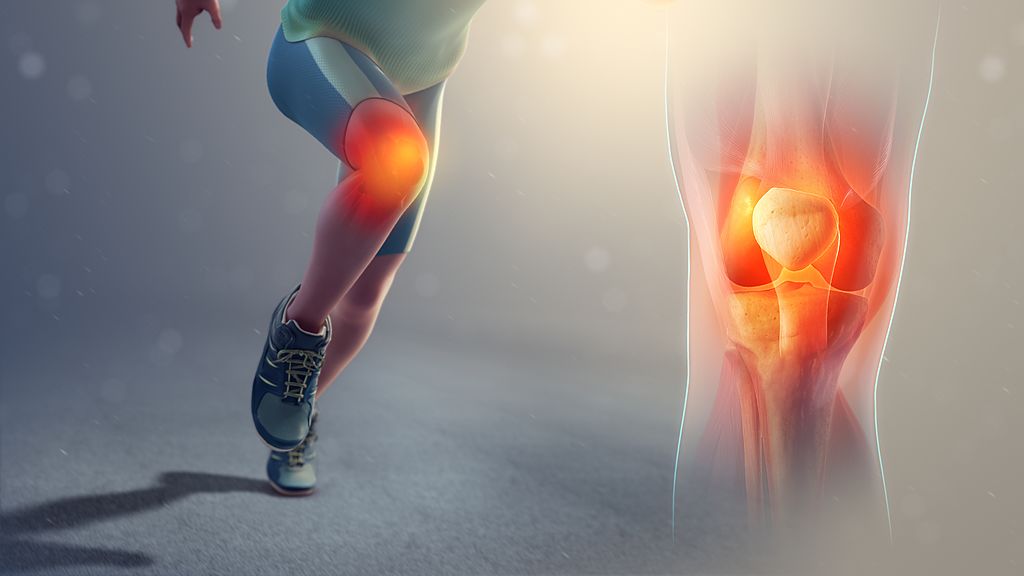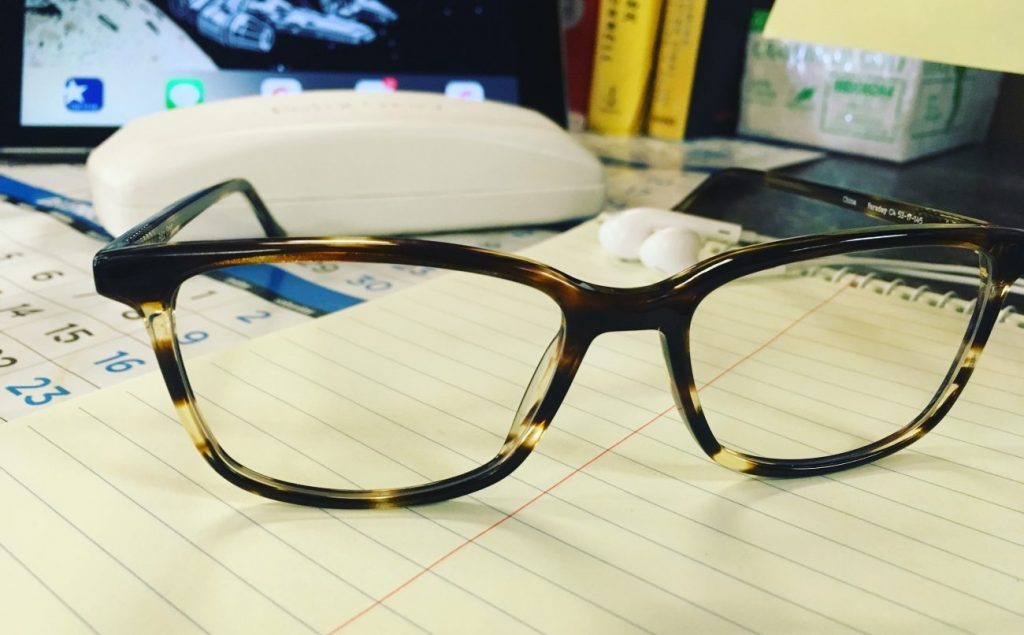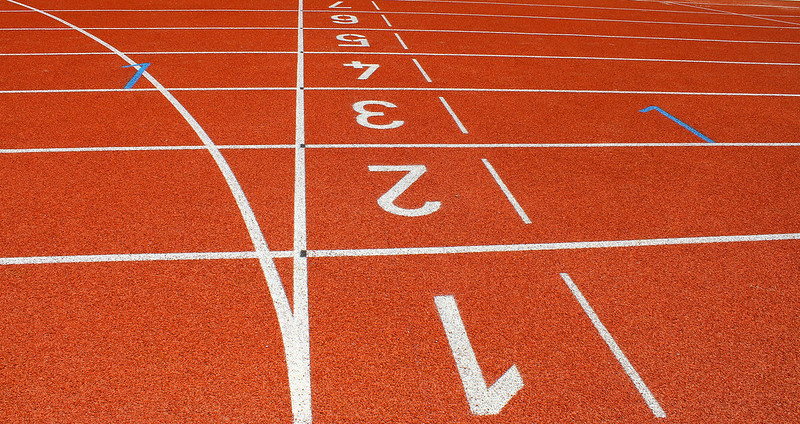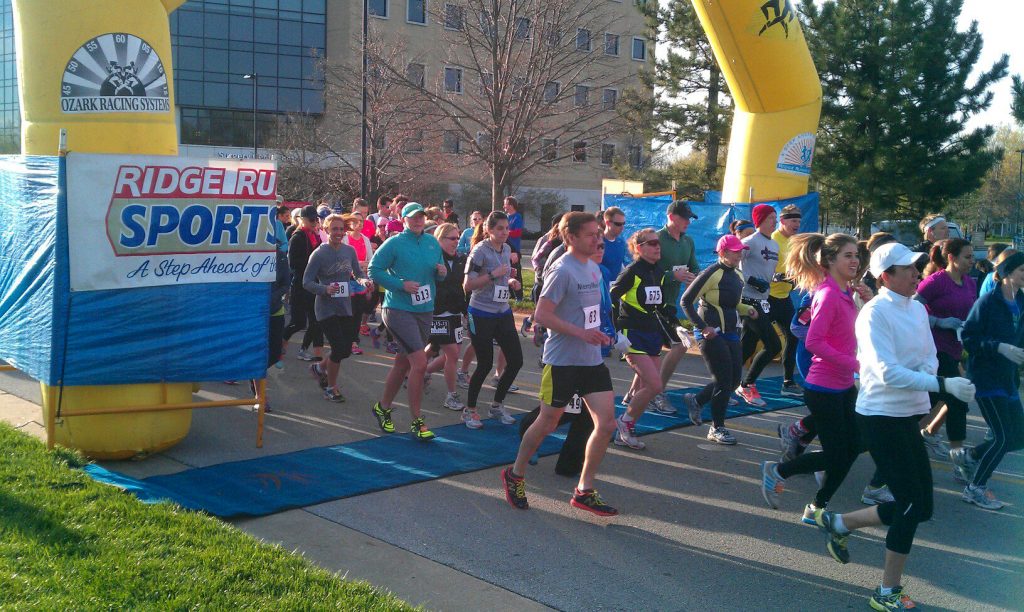Five weeks into physical therapy for my runner’s knee and the cause of the issue is still a little fuzzy.
Runner’s knee, or chondromalacia patellae, is both specific and vague. Specific because it’s the knee that hurts, aches, and grinds — and it all became an issue (at least for me) while running. But vague when you think about all the things that could cause runner’s knee:
- Overuse
- A hit to the area (trauma)
- Bones not lined up
- Feet issues
- Muscle imbalance
For me, two of these causes make the most sense: Feet issues and muscle imbalance. Though it seems one or both of those things caused my patellae to no longer line up correctly.
Anyway, I have been doing a lot of stretching and small, focused exercises aimed at my quads, hamstrings, glutes, and adductors. You would think these would all be strong from training for and running a marathon. But on day one of my PT sessions, an assessment showed that only a month after the race my legs were tight, and my adductors were weak.
Ideally, I would have had a regular strength regime throughout the training cycle. Or maybe I would have been incorporating more cross training (biking or swimming). I could make excuses for why those things didn’t happen, but it’s ultimately just my fault for not training smart.
Why think about the cause during recovery?
As I strengthen the weak areas in my legs, I’ve spent a lot of time thinking about the cause of the issue. That’s because I don’t want to make the same mistake again.
I maybe even have already made the same mistake twice. It’s squishy.
My first 26.2 was at the 2019 Chicago Marathon. I was younger then, and the bounce back after injury took less time. But I never really took time to think about why I was in so much pain. That time it was my hip (flexor?) that hurt and was constantly tight.
Looking back on the race now, it’s clear that it was most definitely an overuse injury from not training well for the race and ramping up mileage too quickly. But that time, and in 2022, I think my IT band could have been so tight that it created the discomfort in the hip then and in the knee now. Which means a muscle imbalance could have been to blame both times.
I’m incredibly thankful to be able to afford to work with a physical therapist this time around. (In 2019, I could not afford an expert’s help figuring out the issue or the recovery.) I’m glad to report it’s making a big difference.
While I do plan to keep writing about this whole experience, I should note that this advice (if you choose to take it that way) is no replacement for working with a trained professional. All bodies are different so there’s no one size fits all approach to recovering from runner’s knee.




You made a great discovery in PT that, as you point out, are not always known without the proper knowledge you have in your therapist. Thank you for your sharing your journey. With time, patience and with new training regiments, I am certain that you will be not only running, but making strides to see faster times, less strain and pain and love running more than you already do.